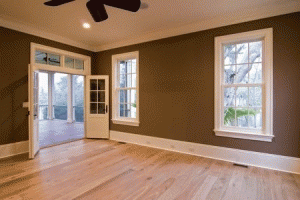 Crown molding refers to a large family of moldings that are designed to flare out gracefully to a finished edge, adding style, character and value to your home. It is used on windows, doors, and other areas in your home. It can run along a single wall, or cover all four walls, including corners.
Crown molding refers to a large family of moldings that are designed to flare out gracefully to a finished edge, adding style, character and value to your home. It is used on windows, doors, and other areas in your home. It can run along a single wall, or cover all four walls, including corners.
Choosing the Right Interior Crown Molding
Choosing the right interior crown molding for your home is important for increasing the aesthetic. You want molding that will brighten your home, and making it a more comfortable place for you and your guests.
There are many options for interior molding available, including wood, polyurethane and MDF. Each type of molding has advantages and disadvantages.
Wood, for example, is easy to stain, but is not as easy to work with as some of the other options. It can be cut into different shapes to suit your molding needs.
Polyurethane is high-density foam that is lightweight and easy to shape, cut and install. It will not rot or expand due to the presence of moisture. Polyurethane is generally cut into shorter sections than wood meaning that you will need more of it to cover the same area, and it is not as easily stained as wood.
MDF comes in lightweight and standard options and unlike wood, has no surface grain. Oil and water based paints are good to use with MDF, as is varnish. Due to the lack of grain, however, stains do not work very well on MDF molding. MDF is easily worked into a variety of shapes, giving you more decorative options than wood.
Crown Molding Installation
Installing crown molding is a delicate and difficult process, which is why it is important to consult a professional contractor to ensure that your molding is shaped, cut, and installed correctly. Properly installed molding will add aesthetic and monetary value to your home.

 (813) 732-8121
(813) 732-8121